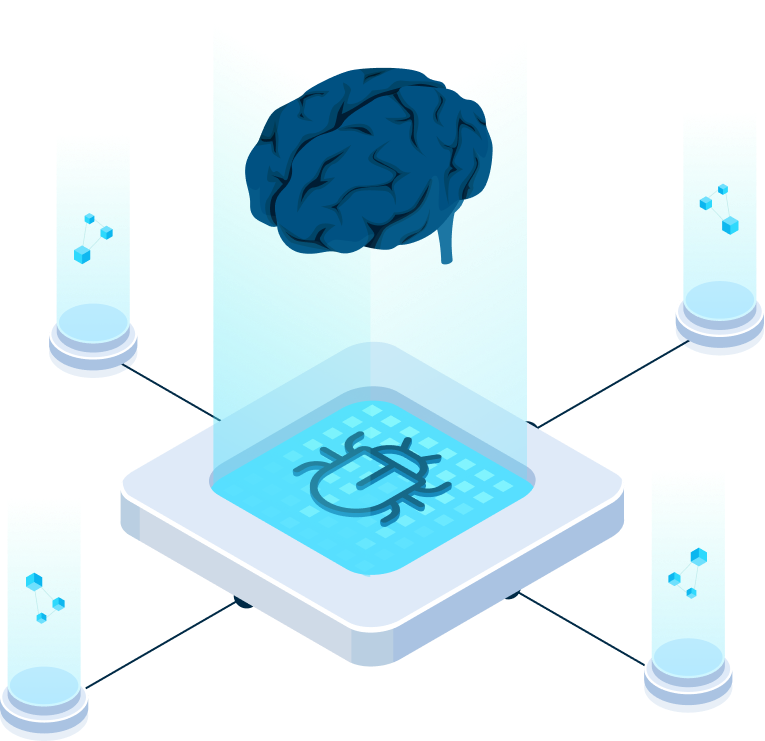“Cybersecurity is a strategic, multiplayer game where teamwork matters—combining threat intelligence with sandboxing is like unlocking a powerful duo, essential for tackling today’s malware challenges.”
Why building Cyber Threat Intelligence is a strategic need
When it comes to defending against modern cyber threats, it’s no secret that the landscape is growing more complex and dynamic by the day. For any CTI team trying to protect an organization, finding an effective approach to react to both exploited vulnerabilities and malware is critical, especially with threat actors stepping up their tactics.
We’re all aware of the risks that come with exposed edge devices and VPN appliances, but the reality is that keeping up with these external vulnerabilities is becoming increasingly challenging. That’s why threat intelligence has become a cornerstone of broader strategies—it helps prioritize what matters most on the attack surface and gives security teams the proactive edge they need.
Evasive malware has become the top weapon of threat actors
Now, while vulnerabilities have always been the prime entry point for attackers, the threat from malware is growing in parallel—and often, it feels like the industry can’t keep up. According to IBM’s X-Force Incident Response data, malware is now the top weapon for threat actors, being used in 43% of incidents.
It’s clear: we have a malware problem on our hands. As cybercriminals rake in profits from ransomware, they have more resources to evade detection and get creative in their delivery methods, including buying and modifying code from stealer malware developers and initial access brokers (IABs).
How combining sandboxing and Threat Intelligence can be a game-changer for CTI & SOC teams
This is where the combination of threat intelligence and sandboxing comes into play. Together, they’re a powerful duo. Threat intelligence is crucial for mapping out the broader picture and understanding which threats to prioritize, while sandboxing offers a closer look at how malware behaves in real-time.
With the right integration, such as our work with ThreatConnect, teams gain deeper insights into specific malware families, volume analysis of samples, and even email-based threat analysis—all in one streamlined flow. This enhanced visibility is a game-changer for CTI teams, SOC analysts, and anyone on the front lines, enabling them to make faster, more informed decisions.
For any team—whether just starting out in the threat intelligence journey or looking to bolster existing CTI capabilities—these tools aren’t just operational assets; they’re also invaluable learning resources. For junior analysts, malware sandboxing reports can provide eye-opening insights into malware tactics, helping them understand the threat landscape on a deeper level.




